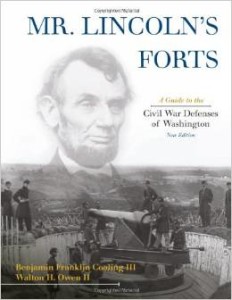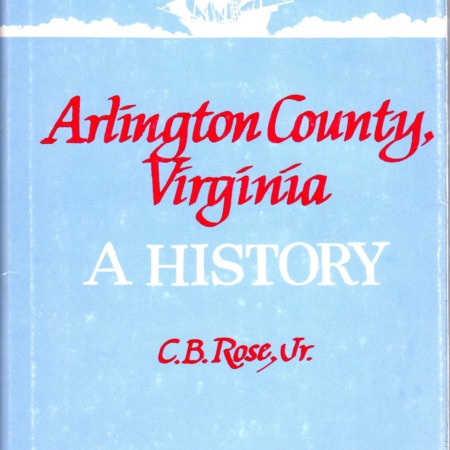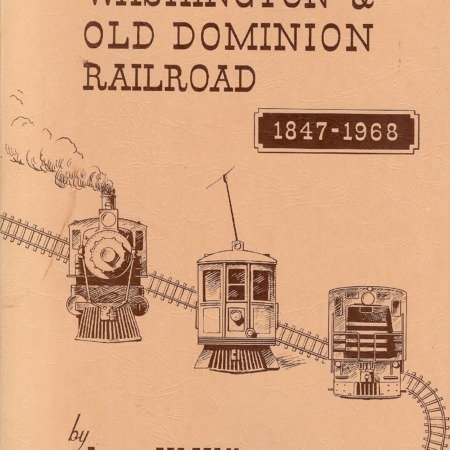Description
During the American Civil War, Washington, D.C. was the most heavily fortified city in North America. As President Abraham Lincoln’s Capital, the city became the symbol of Union determination, as well as a target for Robert E. Lee’s Confederates. As a Union army and navy logistical base, it contained a complex of hospitals, storehouses, equipment repair facilities, and animal corrals. These were in addition to other public buildings, small urban areas, and vast open space that constituted the capital on the Potomac.
To protect Washington with all it contained and symbolized, the Army constructed a shield of fortifications: 68 enclosed earthen forts, 93 supplemental batteries, miles of military roads, and support structures for commissary, quartermaster, engineer, and civilian labor force, some of which still exist today. Thousands of troops were held back from active operations to garrison this complex. And the Commanders of the Army of the Potomac from Irvin McDowell to George Meade, and informally U.S. Grant himself, always had to keep in mind their responsibility of protecting this city, at the same time that they were moving against the Confederate forces arrayed against them. Authors Benjamin Franklin Cooling III and Walton H. Owen provide a comprehensive treatment of the defnesive ring around Washington City during the Civil War. Revised in style, format, and content, the new edition of Mr. Lincoln’s Forts is the premier historical reference and tour guide to the Civil War defenses of Washington, D.C.
Benjamin Franklin Cooling III is a Civil War historian who has authored many publications in that field, as well as in military and naval history. Walton H. Owen II is the assistant director and curator at the Fort Ward Museum, one of the most significant of the sites discussed in this book. He has served as the historic site administrator at Fort C.F. Smith Park & Historic Site, Arlington, VA and as the National Archives’ Museum Specialist on the staff of the Nixon Presidential Materials Staff.
Softcover: large format, 334 pages
Publisher: Scarecrow Press, 2009
Every book you buy here on this website helps support the AHS mission to strengthen our community by improving the understanding of local history.







